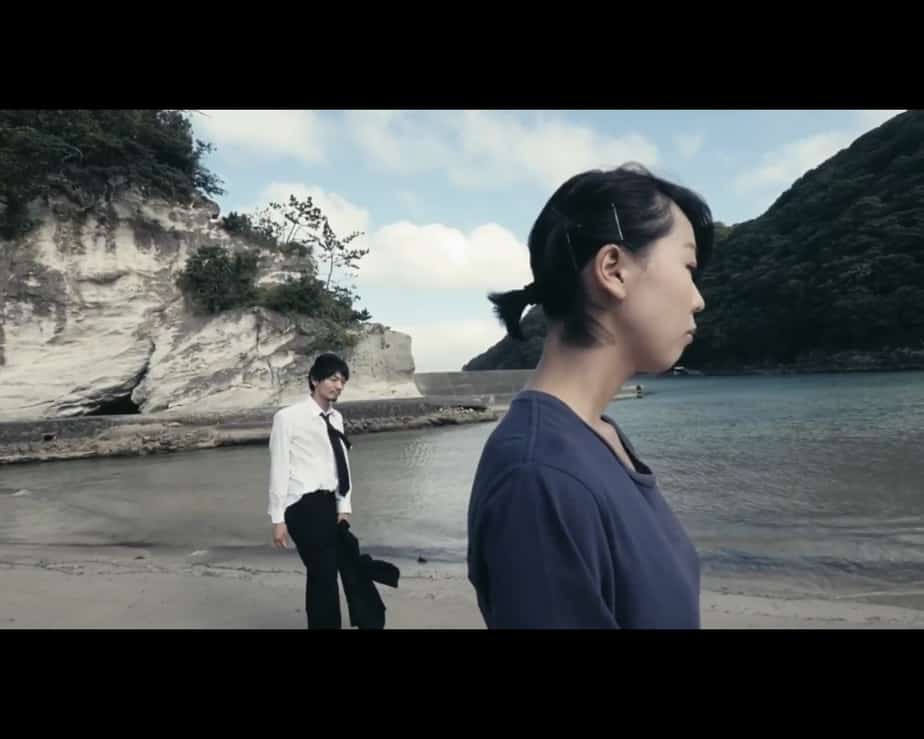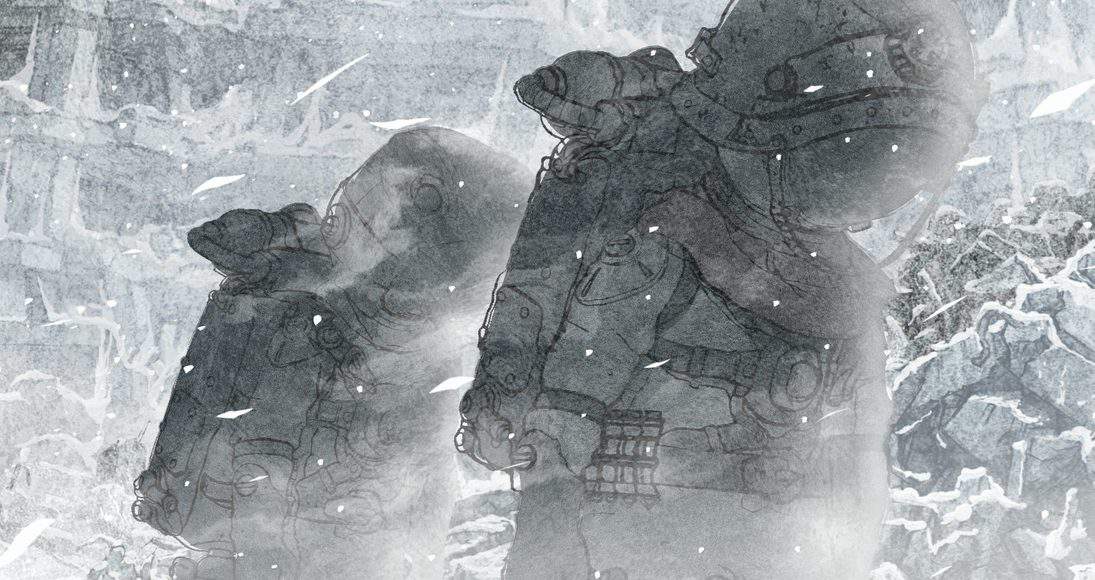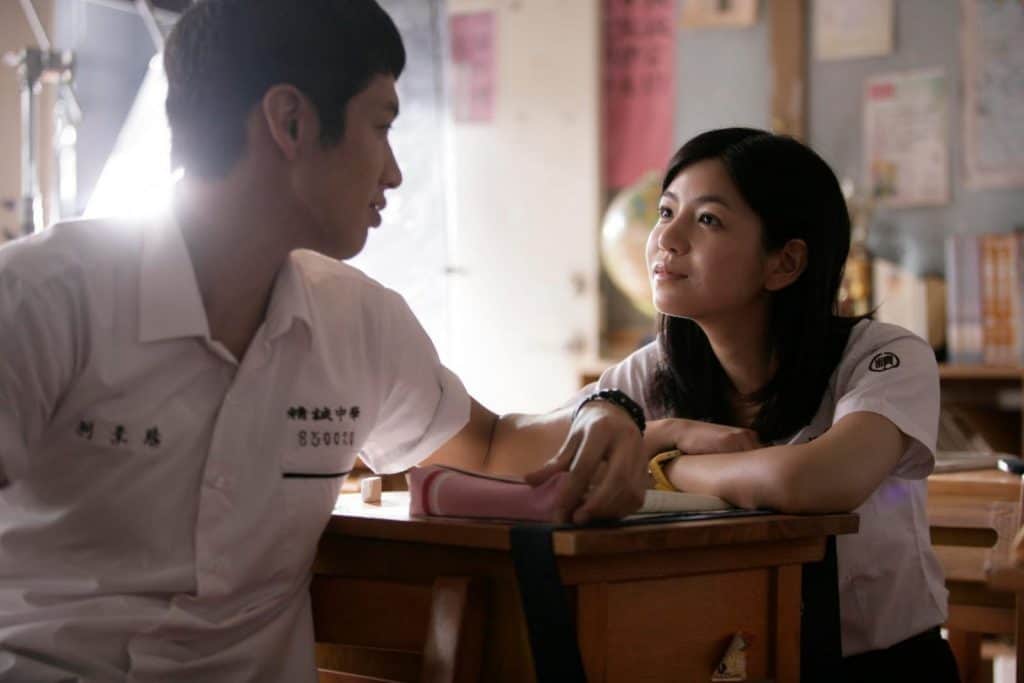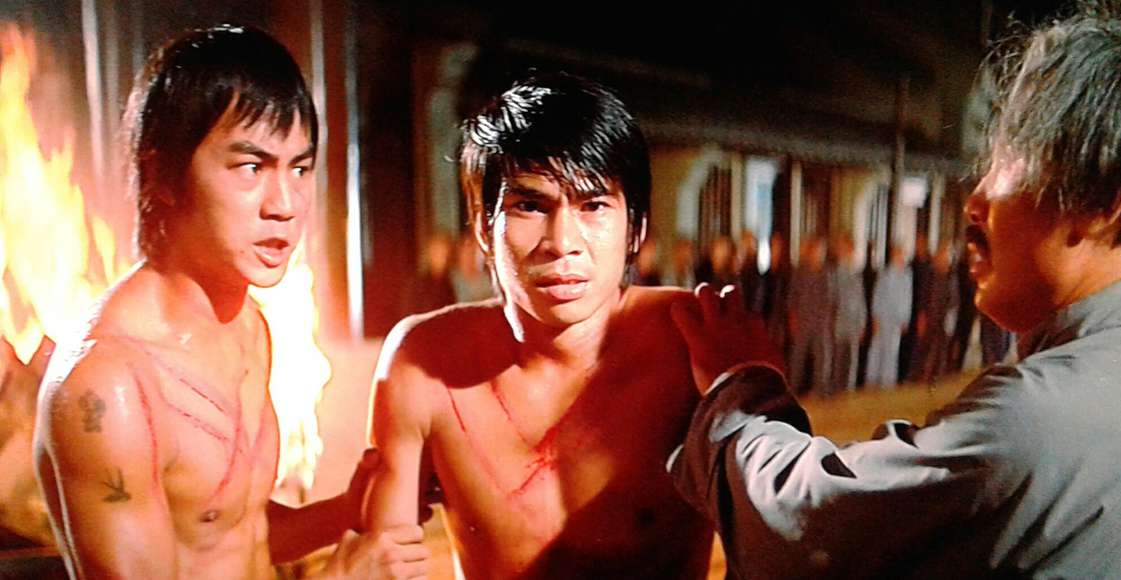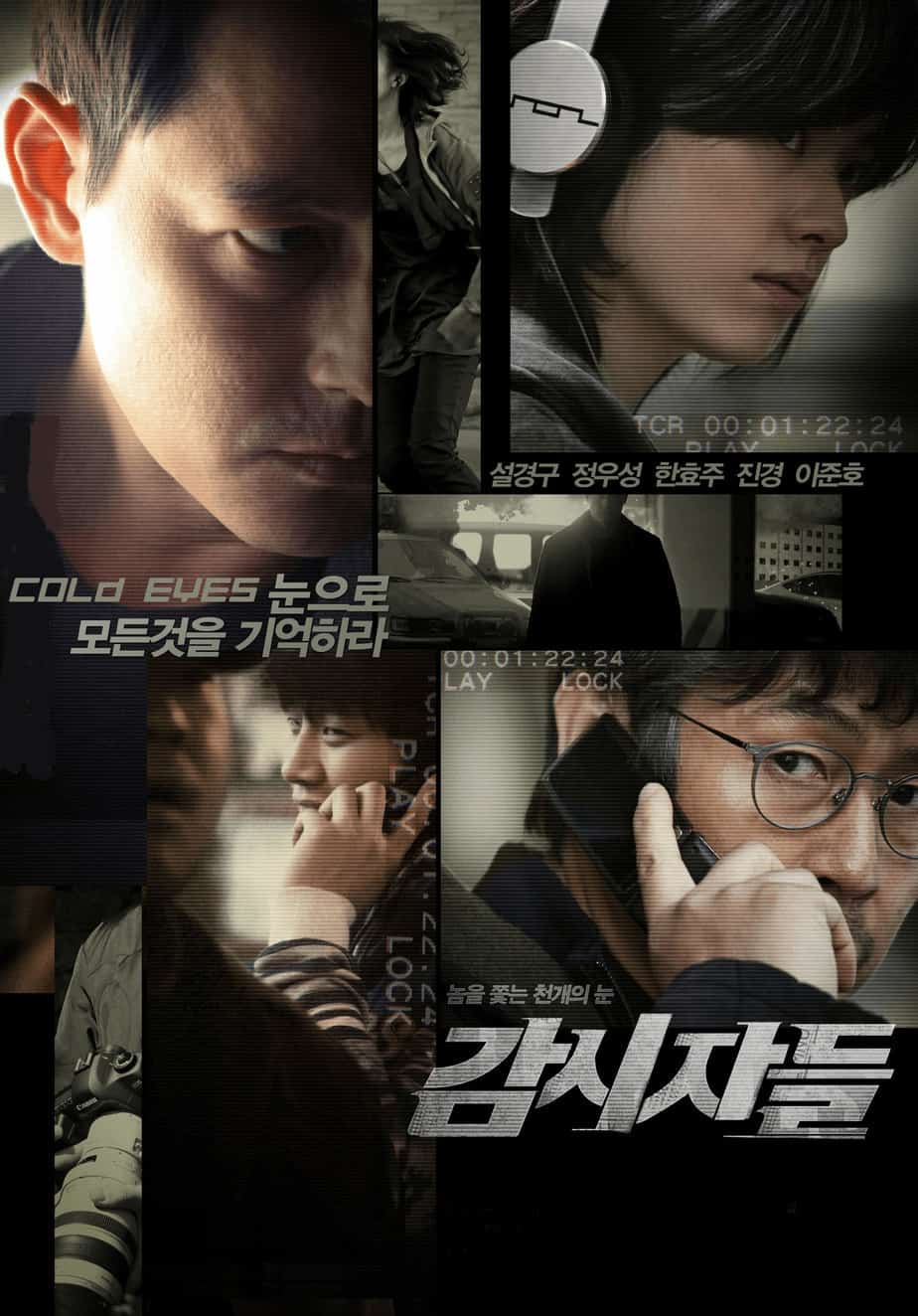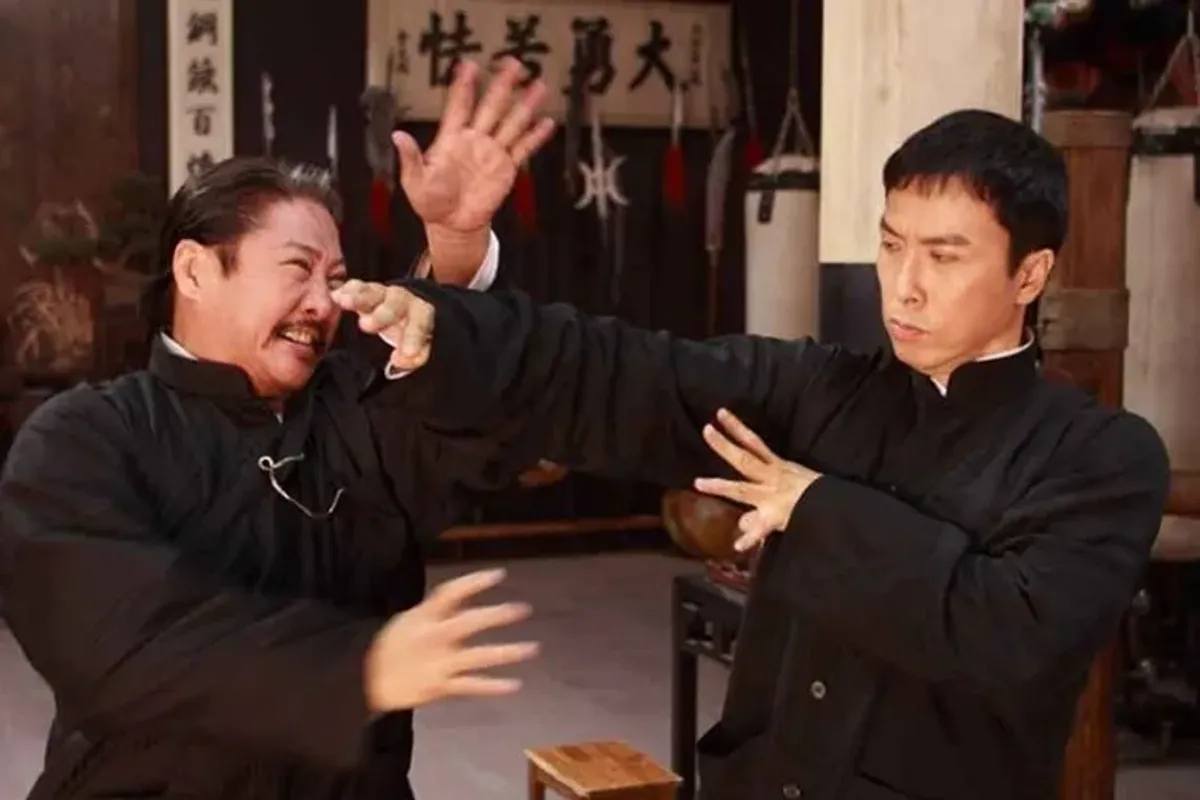“I love you, but…”
When it comes to drug abuse or alcoholism, the mediums of film and literature certainly had their fair share of narratives concerning the issue, often either dramatizing or even romanticizing the topic. From the hard-boiled detectives played by Humphrey Bogart and their casual drinks in gloomy bars, the wacky characters of such films (and books) like “Fear and Loathing in Las Vegas” or “Trainspotting” or the unforgettable performance by Ray Milland in Billy Wilder's “The Lost Weekend,” addiction and substance abuse can be regarded as two of the most discussed and portrayed themes within the arts.
The Path Leading to Love screened at Osaka Asian Film Festival, that will be on March 9th to 18th.
As Jason Maher points out in his review of “The Path Leading to Love,” all of these examples have come to associate the artist, or certain kinds of characters, with alcoholism, to the point of becoming a cliched image. Alcohol and other substances are the almost obligatory ingredients of the artist, the “continuous blood” of the writer Charles Bukowski wrote about in his poem “how to be a good writer”.
In Takayama's film, alcoholism as well as its effects on the addict and others are at the center of the narrative. In Japan, the director's home country, especially alcoholism is closely linked to a weakness of character and not regarded as a kind of sickness, Otsuki Gen claims. His organisation, the All Nippon Abstinence Association, is one of the few institutions attempting to raise the public's awareness of a problem within a society, which, on the one hand shuns addicts and alcoholics while promoting the image of drinking as a social norm on the other. In certain circles, drinking is an unavoidable custom when it comes to meeting colleagues, gatherings referred to as “nomunication”, a term derived from the Japanese phrase for drinking (“nomu”).

“The Path Leading to Love” is about Shosuke (Tanaka Ippei), a manga artist, whose drinking problem has become quite serious after the separation from his wife Sawako (Mukai Yumi) . As his work is left unfinished, his girlfriend Yasuko (Dehara Mika) often finds him inebriated, sometimes greeting her with self-pity or accusations.
When he receives a call from his sister about his mother's severe sickness, he finally has to leave the comfort zone of his apartment and face his family as well as the events which led to his drinking becoming increasingly self-destructive.
While Takayama's film focuses on the personal drama as a consequence of alcoholism, there are occasional insights into the link between the sickness and Japanese culture. As Shosuke stumbles into a family dinner, visibly hungover and with crinkled clothes in which he slept, the reactions of his relatives range from silent shock to open disgust, with his father's silence being the most eloquent response to the situation's awkwardness and the patriarch's disdain for his son. Paradoxically, the young man is immediately given a fresh beer as soon as he has taken his seat at the table. The alcoholic is regarded as the great shame, the “black sheep” of the family, but not drinking during that specific event seems to be an unforgivable faux pas as well.
The most significant aspect of “The Path Leading to Love” is certainly Tanaka's performance as Shosuke, one which could have easily slid into the miserable cliches of such narratives. The actor's physique, his gestures and expression, suggest an almost desperate level of exhaustion, a world-weariness of someone whose measures of numbing these emotions have been boiled down to the content of beer cans and whiskey bottles. For him, addiction is a more-than-welcome vicious circle, a sort of self-punishment for his feelings of failure and shame. Repeatedly he asks Yasuko to punch him, to leave him alone and end the relationship with him, while her love and growing sense of despair feeds his need for punishment.
Visually, his emotional and physical downward spiral is accompanied by fragments of the past, dreams and scenes from his past relationship with Sawako. The two time frames are separated through the use of a “home video”-like technique during the flashbacks, images sometimes superimposed on Shosuke's drawing board as he tries to work. The milky quality of these pictures might indicate either a paradox between the visual style to what is shown, or, perhaps more suitable, a vision blurred as if viewed through an alcohol-induced haze. Shosuke states how he is “stuck on the past”, like a broken record repeating scenes from the past, perpetuating his state of desperation, and also the desire to tone down these images even further through beer.
Additionally, Takayama and his cinematographer Nimiya Yu further stress the metaphor of addiction as a self-imposed prison cell. Besides the haggard outer appearance of the central character the apartment, which is featured throughout the majority of the film, is a place defined by verticals. Sometimes the mise en scène anticipates Shosuke's continuous urge to punish himself, to push away those wanting to take care of him. The soundtrack (Shimokajiya Masato, Karasawa Yasushi and Takayama himself), an e-guitar driven canvas to the hopeless state of Shosuke completes the audiovisual tapestry of “The Path Leading to Love”. Perhaps the only issue one might have is the redundant use of voice-over, which at times takes away some of the emotional impact of these images Takayama and his crew have created.

Consequently, “The Path Leading to Love” is an impressively crafted, concise film, whose visual metaphors, performances, use of editing and (often natural) lighting should hopefully find open-minded audiences. Despite its dark subject matter it is a film posing questions about the value we attach to relationships, affection and love in our lives, but also how addiction may drive those away feeling deeply for us. In the end, drinking is a way out when “the world has you by the throat” as Charles Bukowski's alter ego Hank Chinaski says in “Factotum”, but it is also based on a conscious decision to numb a feeling, or embrace it. This is the truth running through “The Path Leading to Love” like a common thread.
Sources:
1) Anderson, Kenneth (2017) “How the Japanese Deal With Alcohol”
https://www.rehabs.com/pro-talk-articles/how-the-japanese-deal-with-alcohol/, last accessed on: 04/27/2018
2) Kimball, Donny (2017) “A Guide to Drinking in Japan”
https://donnykimball.com/drinking-55669c7cf792, last accessed on: 04/27/2018
3) Ito, Masami (2017) “Dealing with addiction: Japan's drinking problem”
https://www.japantimes.co.jp/life/2014/08/30/lifestyle/dealing-addiction-japans-drinking-problem/#.WuLh_LSLR9N, last accessed on: 04/27/2018
4) Maher, Jason (2018) “The Path Leading to Love (Japan, 2018) [OAFF 2018]”
http://www.vcinemashow.com/the-path-leading-to-love-japan-2018-oaff-2018/, last accessed on: 04/27/2018
5) Bukowski, Charles (2002) “Love is a Dog From Hell” Ecco.
6) Bukowski, Charles (2002) “Factotum”. HaperCollins Publishers


